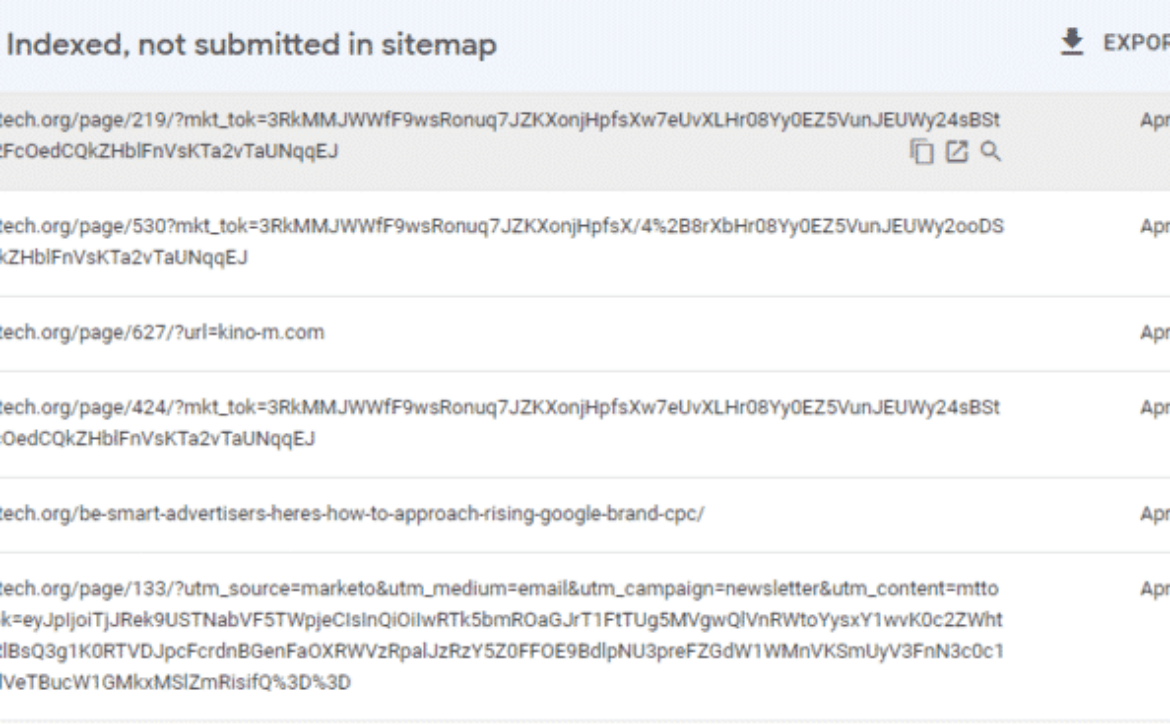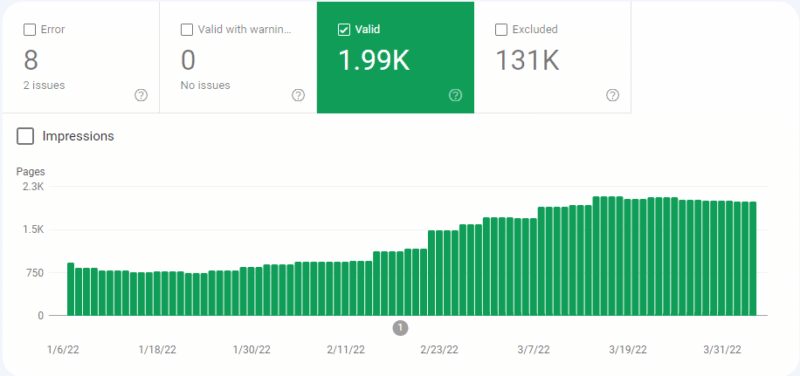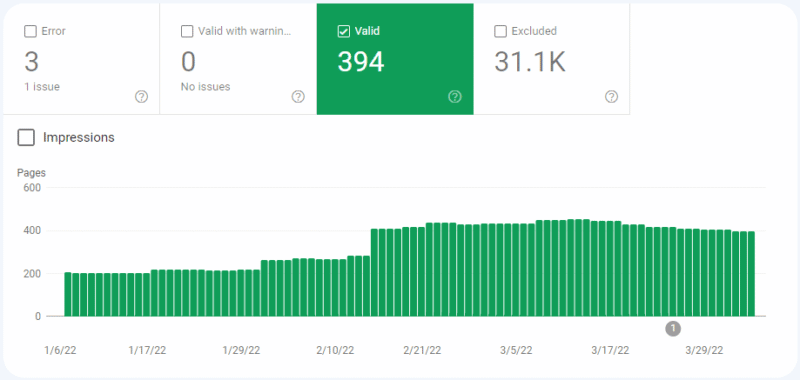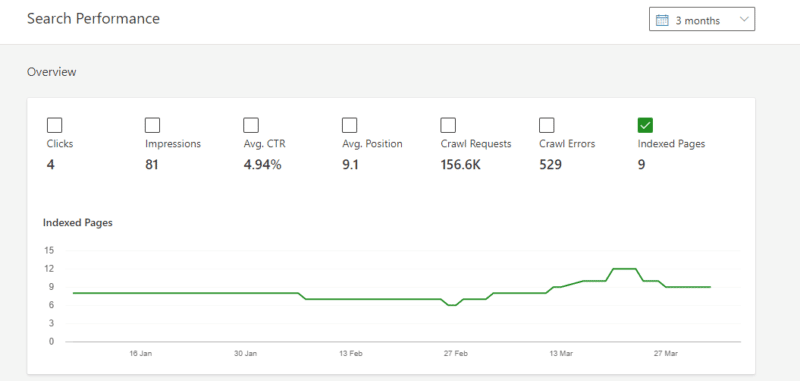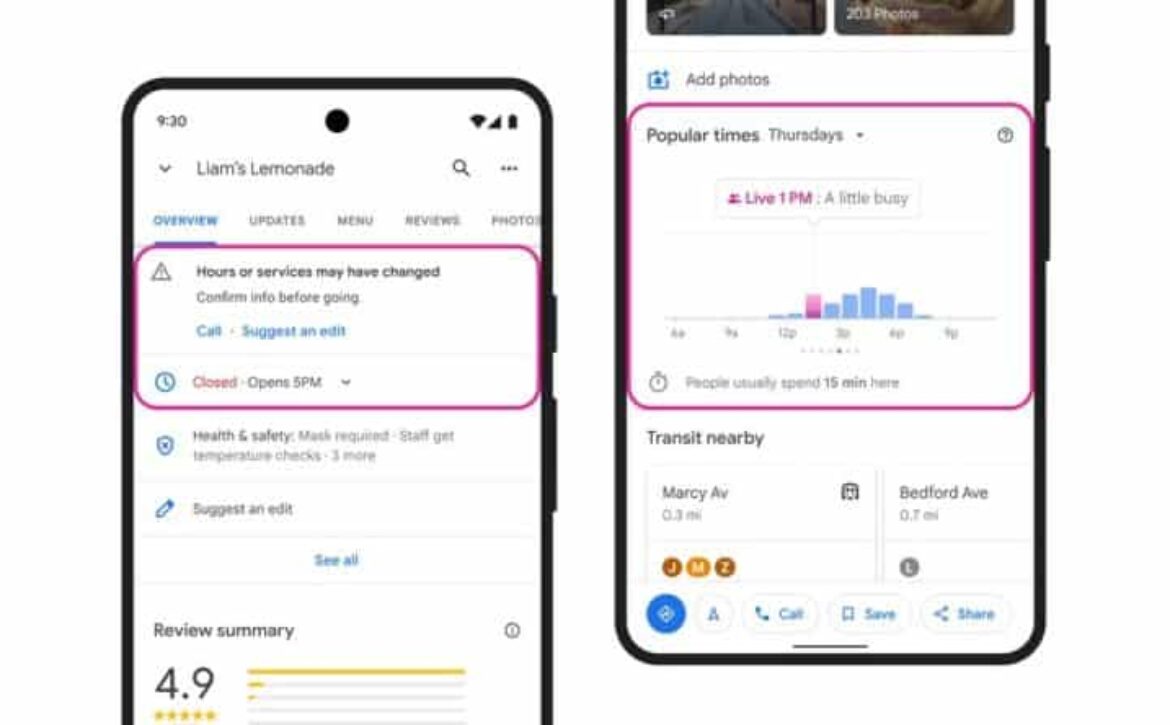5 Mistakes Real Estate Agents Make When Marketing
There are definitely mistakes agents make when marketing themselves and their business. There is a lot of information online about the “mistakes agents make and what not to do.” Michelle Fradella Barfuss has a great course on udemy.com with certain things agents do that could be detrimental to their business. Here, we review some of those mistakes and give some remedies (like niche marketing) for them.
One
Trying to be everything to everyone. When you are new you try and take everything from everyone to try to get that first lead or first transaction, which leads to frustration and burn out. According to Floyd Wickman (CSP, CPAE Hall of Fame), “Roughly seventy percent of all real estate agents quit during their first year in business.” The answer to this problem is niche marketing. A niche market is a specialized market that is very targeted to a specific group. Examples could be First Time Home Buyer Specialist, Relocation Specialist, Luxury Home Specialist, etc. With a niche market, you find the specialty that really interests you (and that is needed) which allows you to absorb any information you can on it. Then you are really able to help out your customers because you are so knowledgeable and passionate in your niche.

Two
Doing what everyone else does. Don’t advertise yourself like everyone else. Think about it, you need to STAND OUT to customers. How are you going to get them to connect with you? They care about what you can do for them. These people will be your leads coming in. You need to generate those leads or you have no business. Make sure you have marketing in place that helps you stand out from other agents. You don’t want your advertising and other things to be run of the mill.
Three
Relying solely on a Brokerage’s website. It is good to be listed on the brokerage site to create trust and that you work for that brokerage. Most brokerages’ give agents their own site – BUT it will usually look like every other agents’ site in that brokerage. These sites can bring you some business, but nothing like your own web presence. Have your own site that is “custom” and that stands out from other agents. This will give you better leads coming in than from the “broker site.” Remember, the brokerage sites are cookie cutter, all looking the same. Google (or other search engines) don’t like this duplicate content and therefore won’t rank the site. So make sure you have your own website with your custom content. This is where your niche marketing comes in as well! You can have great information about your specialty on your custom website. What is this going to bring you? Those quality leads that you really want.

Four
Believing that just having a website will generate leads. Your website needs to tell a story, contain really useful information and show that you are the go-to person in your community or niche. It isn’t enough to just “have a website”. You actually have to drive traffic to it. I’ve heard so many agents say, “Well I have a website but it isn’t doing anything for me?” My response is always, “Well are you doing anything with it?” Meaning, you have to do some work too. First you could use blogs to drive traffic to it. Make sure they provide useful information that your target audience would find appealing. Start writing blogs on your niche or community and make sure your website link is on those blogs. Remember, the more blogs you write, the better. However make sure your focus is on quality not just quantity. Also remember to share these blogs/articles on social media. This gets these articles and your website out to more people. In your blog you could even give them instructions and a link to your website/landing page so they can fill out a form to get “something.”

Five
Not targeting your market. You need to know your target market! Michelle Fradella Barfuss says: “You need to build your business around what your clients really need. The only way to know that is to know them really well. That only comes from doing the research and the thinking that is necessary.” Once you know who your target audience is, you can create marketing materials that will attract these types of clients. According to UnionStreetMedia.com: When you identify your target audience and center your messaging on their wants and needs, then your marketing strategies will likely see better ROI, better cost efficiency, and better conversions. When you speak directly to your target audience – instead of blasting your content to everyone on the internet – then you’re more likely to build an audience that listens to you.
As you can see, these are some mistakes that agents may make but there are ways to remedy them as well. Basically, stand out! Know your niche and your target market! Be different! You have to put some work in to get the results you want out. Stay tuned because in the next blog, we will cover 5 more mistakes agents make when marketing themselves and their business.
The post 5 Mistakes Real Estate Agents Make When Marketing appeared first on AgentMarketing.




